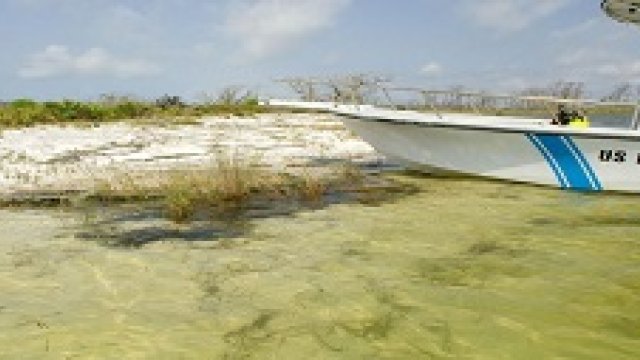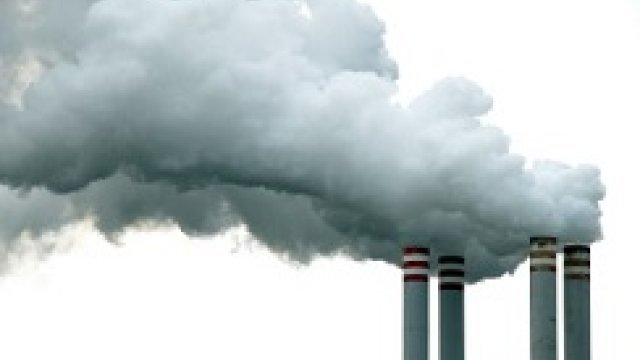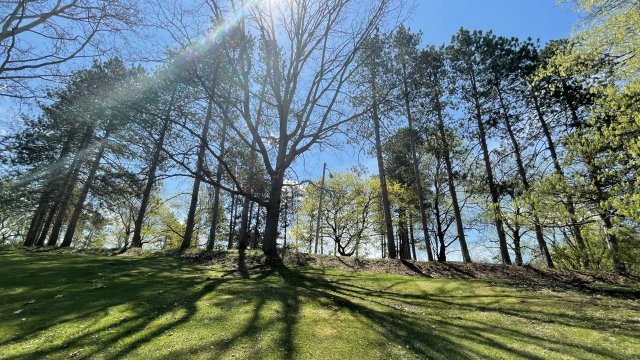Cathy: TEST PAGE MICROSITE CONVERSION - Beaches
A beach is the sandy, pebbly, or rocky shore of a body of water. Beach types vary widely, especially depending on where they are. When many of us think of a beach, we picture a wide-open sandy area next to an ocean with waves crashing, wind blowing, seagulls flying overhead, and a backdrop of beach grass and sand dunes. However, beaches in the United States are also found in urban areas, on estuaries and lagoons, and on lakes and rivers.
Beaches provide many recreational opportunities for millions of people. Swimming, surfing, walking, looking for seashells, birdwatching, playing, sunbathing, wading, and fishing are some of the activities that beachgoers enjoy. Beaches also provide unique habitats for a variety of plants and animals. They provide protection to residents living near the ocean by acting as a buffer against the high winds and waves of powerful storms and rough seas, and they help drive economic activity important to nearby communities.
However, pollution at the beach can result in swimmers getting sick or temporary beach closures negatively impacting the local economy. The resources here can help you find information about specific beaches, learn about beach pollution, explore what EPA does and what you can do to protect beach waters, and direct beach programs to technical resources.
-
How can I find information on beaches?

Find advisories and reports
-
What affects the health of people at the beach?

Learn how you can sick at the beach and how to stay safe
-
What affects the health of beaches?

Understand what negatively impacts beach health
-
How does EPA protect the water at the beach?

Learn what EPA does
-
What can I do to help beaches?

Discover actions you can take
-
Where can beach programs find tools and other technical resources?

Where can beach programs find tools and other technical resources?
-
title
frhifhaeluighareli
Graphic headings can vary.
Graphic headings can be used a few different ways, depending on what your landing page is for. Highlight your values, specific program areas, or results.
Stick to 6 or fewer words.
Keep body text to about 30 words. They can be shorter, but try to be somewhat balanced across all four. It creates a clean appearance with good spacing.


